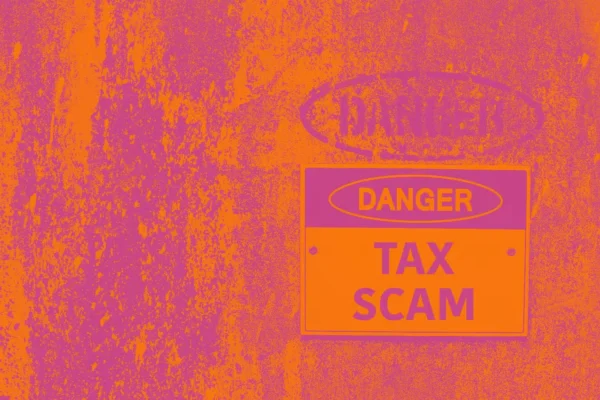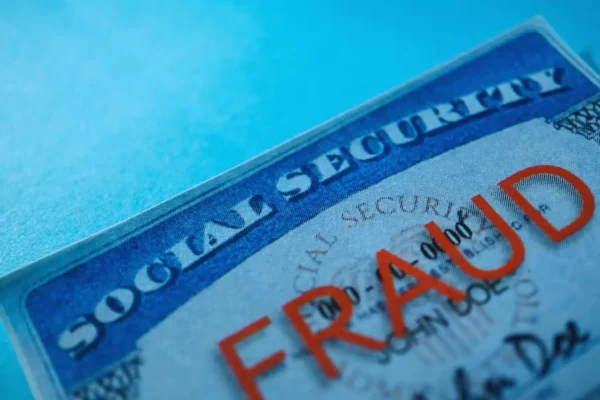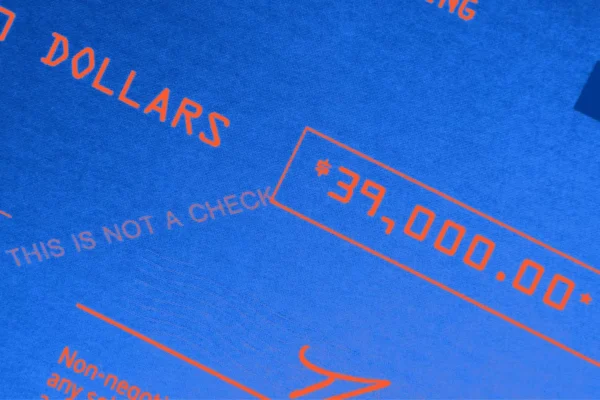
What Are Check Scams?

Even as more financial transactions occur solely online, old-fashioned check scams still happen with alarming frequency. In fact, the Federal Trade Commission received almost 40,000 reports of check fraud in 2021 alone—increasing from approximately 27,000 in 2019— with a median loss to the victim of $2,000.
To protect yourself from fraudsters, it’s important to know what a check scam is and how to spot one. Here, we’ll explain common check scams, as well as steps to take so you can protect yourself.
What Is a Check Scam?
Check scams come in many different forms. It can range from something as simple as check theft from a mailbox to more elaborate schemes created by fraudsters. In more complex cases, someone you don’t know will ask you to deposit a check for more money than they owe you. Once you’ve deposited the money in your account, they’ll ask you to send part of the amount back to them or someone else. After you’ve emptied your account of the money they sent you, the check will bounce, and the bank may hold you liable to pay back the balance.
No matter what kind of check or scam is used, a common thread among all check fraud is that the victim tends to bear the brunt of the consequences. Here are a few of the most common scams and what you can do to protect yourself.
Personal Check Washing
Personal checks can be highly vulnerable to fraud, especially when sent in the mail. Check washing is a common method fraudsters use to steal money that you may have intended for one recipient—perhaps a loved one—and instead make it out to themselves.
This scam is different from other forms of check fraud because the victim often isn’t even aware they’ve been targeted until much later. In a typical check washing scenario, someone will steal mail containing a personal check. Then, using common household chemicals, they will remove the ink from the payee line and often the amount while leaving the signature intact. Once dry, the criminal can rewrite the check to themselves or another person.
To protect yourself from this form of check fraud, there are several steps you can take, including:
- Pay your bills online. As long as you don’t use public Wi-Fi to access your accounts, paying bills online is much more secure than snail mail. Both your bank account and systems used to move money between accounts are encrypted, making online payments one of the safest ways to transfer money.
- Take your mail containing checks to a post office. If you need to send checks via USPS, it’s best to take your mail to the nearest post office during business hours and hand it to a clerk or deposit it in an outgoing mail slot inside the building .
- Use non-erasable gel ink. Blue or black gel ink has proven to be more difficult to remove than other types of ink, making it more difficult for criminals to create a forgery.
- Check your mail regularly. Don’t leave mail sitting in your mailbox, as this gives would-be mail snatchers ample opportunity to steal it. If you’re out of town and can’t get your mail in a timely manner, ask a friend or neighbor to pick it up for you. Alternatively, you can have the post office hold your mail for you until you return.
- Keep an eye on your bank account. Review your balance online every few days rather than waiting to look at the monthly statement. If you notice something amiss, you’ll be able to report it more quickly and have a better chance of recovering lost funds.
Cashier’s Check Fraud
Unlike a personal check, the funds for a cashier’s check are guaranteed by a financial institution or bank, not from a personal bank account. As a result, these checks can’t bounce because the bank is responsible for covering the payment. Cashier’s checks can also be cashed much faster than personal checks. Usually, financial institutions have to legally pay out a cashier’s check no more than one business day after it is deposited.
While cashier’s checks are usually used to provide added security when purchasing homes, cars, and jewelry, they’re unfortunately not fraud-proof. It is still relatively easy for scammers to forge cashier’s checks, and fraudsters often prefer them since the funds are guaranteed and the check can be cashed quickly. Some of the most common scams to look out for are:
- Mystery Shopping. A scammer will reach out to “hire” you as a mystery shopper. Your first assignment may be to review a retailer that sells gift cards. The scammer will then send you a cashier’s check, and you’ll be told to deposit the check in your personal bank account. Once deposited, you’ll be asked to take out the money in cash to purchase gift cards, then send the gift cards back to the scammer. By the time you realize the check was fake, you’ve already lost your own money.
- Foreign Lottery. A scammer will congratulate you for winning a lottery in a foreign country, but to receive your winnings, you have to pay “taxes and fees.” The scammer will offer to help you pay for those fees by sending a fake cashier’s check. They’ll then ask you to cash the check and wire money back. Of course, there is no foreign lottery, and any money in your wire transfer is lost.
- Overpaying for Goods and Services Online. Classified listing sites like Craigslist and online auctions are a favorite haunt of check scam artists. Say you’re selling something online. A scammer will offer to buy those goods or services but will send you a cashier’s check that is much more than your asking price. When you tell them they’ve overpaid, they’ll apologize, ask you to cash the check, and then quickly wire them the extra money they sent. But because the check is fake, any money you send will be your own.
To protect yourself from cashier’s check fraud, there are several steps you can take:
- Be skeptical. Fraudsters often have phony excuses for why they have to write a check for more than they owe. Don’t fall for sob stories, and don’t ever feel pressured to rush into transactions.
- Alert your credit union or bank. If you’re trying to cash a questionable check, inform your financial institution of its source. They can hold the check for a validity review.
- Request payment in cash. If you’re in doubt, request the buyer pay in cash or with a certified cashier’s check.
Report Check Scams
If you feel you’ve been targeted by scammers, or have actually been the victim of a check fraud scheme, don’t hesitate to report it to the authorities. Even if you feel embarrassed, know you’re not alone. In fact, sharing your experience could help investigators and protect others from becoming victims of similar schemes. To report fraud, you can contact your credit union or bank, the FTC Internet Fraud Complaint Center, the U.S. Postal Inspection Service, and your state or local consumer protection agencies.


